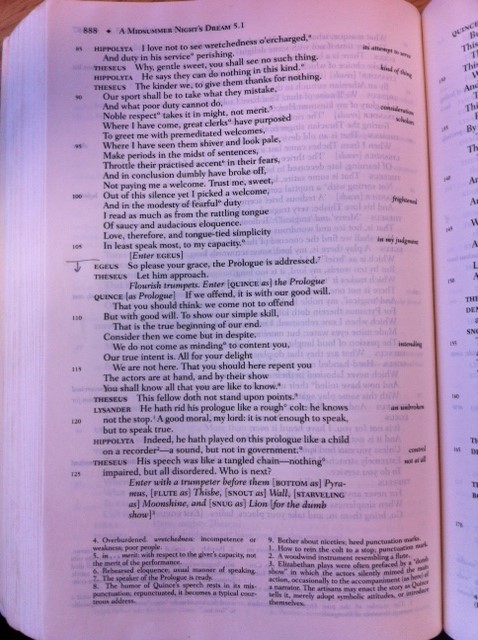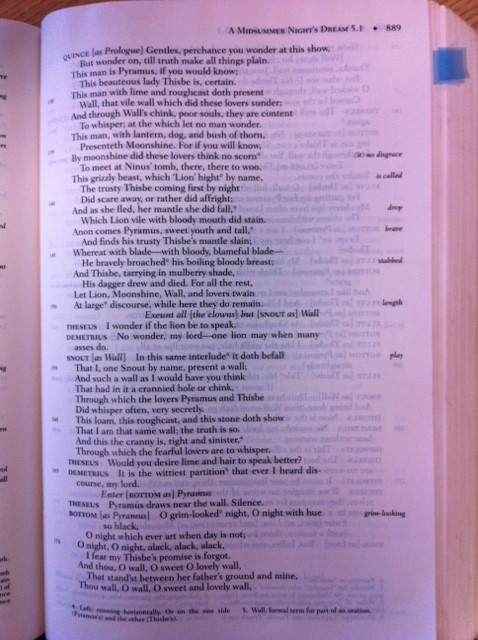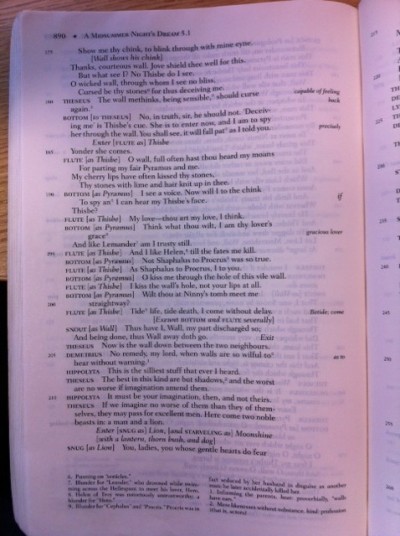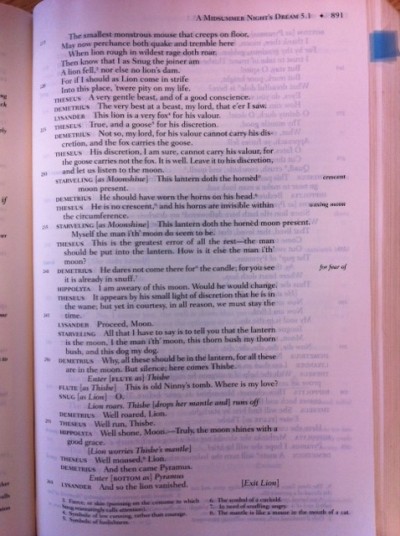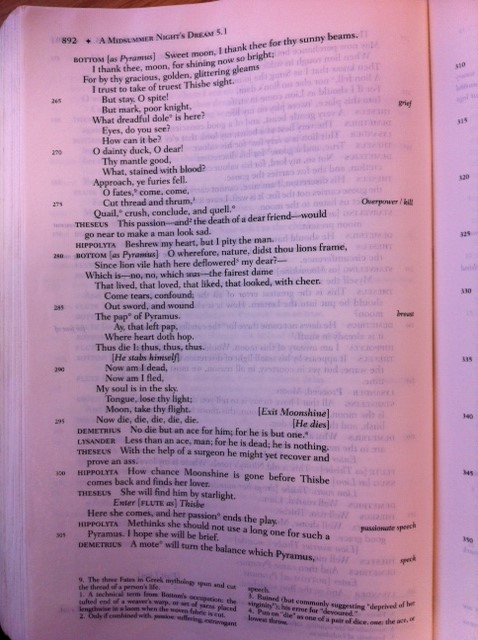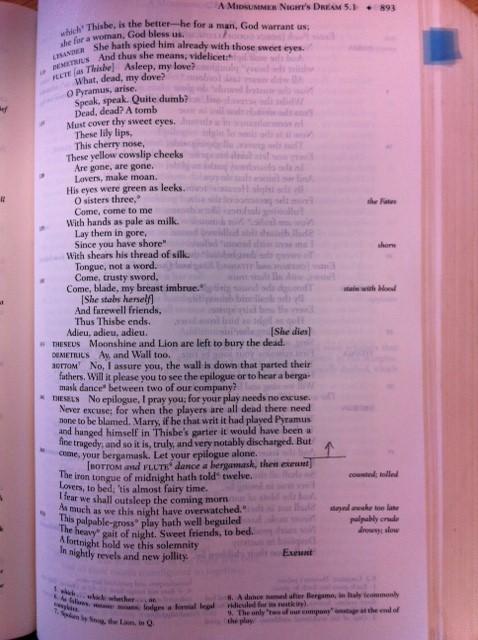Wonderful to see and hear a new generation discovering the sheer vitality of Medieval Drama at a reading of ‘The Play of Adam’ at the Paper Stage! I’ve directed various Adam and Eves in Cathedrals throughout the UK (including a superb performance by my Drama Dept colleague, Jayne in Canterbury) but this version was new to me. Two complementary events in one week: the reading and a conference to celebrate the 50 anniversary of the publication of Jan Kott’s ‘Shakespeare our Contemporary’ and how contemporary ‘The Play of Adam’ actually is! Corruption and power, evil and knowledge: the lethal mix of our lives! The play needs to flow out of a building and either surround or physically come near to the audience. Characters and music must emerge from the shadows or surrounding space and the flicker of hell fire must never be too far away. Even the exposition of the prophets (massive cuts essential) can still be highly dramatic: the Christian symbols embedded in the dialogue must emerge from that rich language and voices can come from all over the place. But it must all be contemporary in its use of movement and humour and, possibly, costume? The acting needs to be simple and strong: the important thing is not to react but to listen and then react. The freshness and vitality of this translation demands that it is handled with sensitivity and fluid movement.
Month: February 2015
‘I see a voice’: Recording of Pyramus and Thisbe in Shakespeare’s “A Midsummer Night’s Dream”, 21 Oct 2014
Paper Stage recording – Pyramus and Thisbe
Shakespeare, A Midsummer Night’s Dream, V.i.106-345; images from Stephen Greenblatt et al. (eds), The Norton Shakespeare: Based on the Oxford Edition, 2nd ed. (London: W. W. Norton, 2008).
Lyly’s “Gallathea” and “Endymion”: Mathematical language and character drawing (Gill Corble)
It’s difficult without the plays in front of me, but I think I remember being taken by those speeches where a character makes a long list of matched, dichotomous items, e.g., “…neither black nor white, neither big nor small…”. That’s a very simplistic example I made up. Such phrases are delightfully balanced and reminded me of algebraic equations, maybe simultaneous equations.
Another thing I like about Lyly is that he imbues his characters with much more personality than some of the other playwrights we have looked at. In “Endymion”, I found myself actually caring what happened to some of them, and I’m thinking that this must mean Lyly cared too and somehow – I can’t work out how yet – humanised them. This means that one is rather gripped by the play despite there actually being very little action or ‘business’. The characters themselves bring the play to life and render what at times is silly plotting, vivid. In “Arden of Faversham”, for example, I really couldn’t have cared less about any of them, they were all so two-dimensional, and the action, far from interesting, was ludicrous and not redeemed by ‘modern’ character painting.
I found Endymion very ‘Shakespearean’ – I realise I shouldn’t say that if Lyly came first. Again, I think because he draws characters.
So far, I find Lyly the most ‘modern’ and accessible. I found myself plotting how to direct the plays we have read! And I think that he, like Shakespeare, has the potential to be adapted to present-day stagings and filmings.
